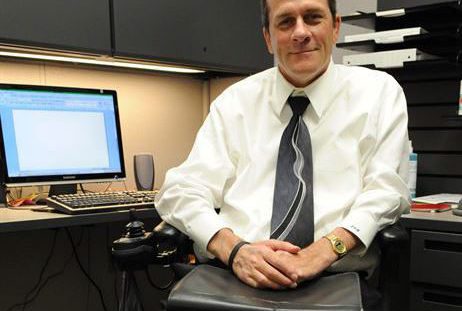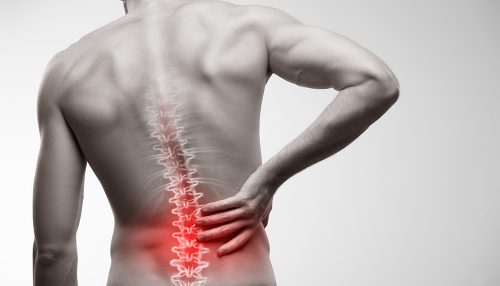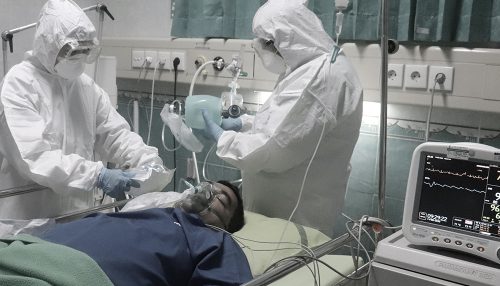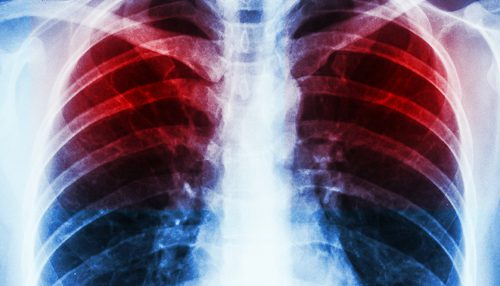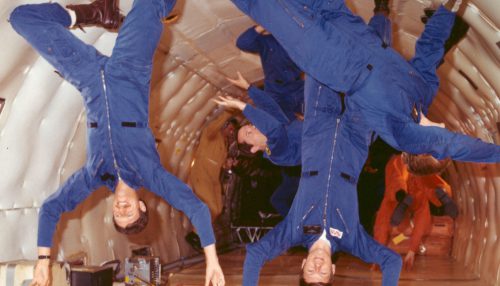
Muscle atrophy (mass loss) is a common problem in aging, neuromuscular diseases, or in reduced gravity. Using a laboratory model of chronic body disuse in the 60-day bed rest (BR) test, the global gene expression profile was analyzed for the first time in conjunction with proteomic analysis to map molecular adaptations in unused soleus muscle […]

